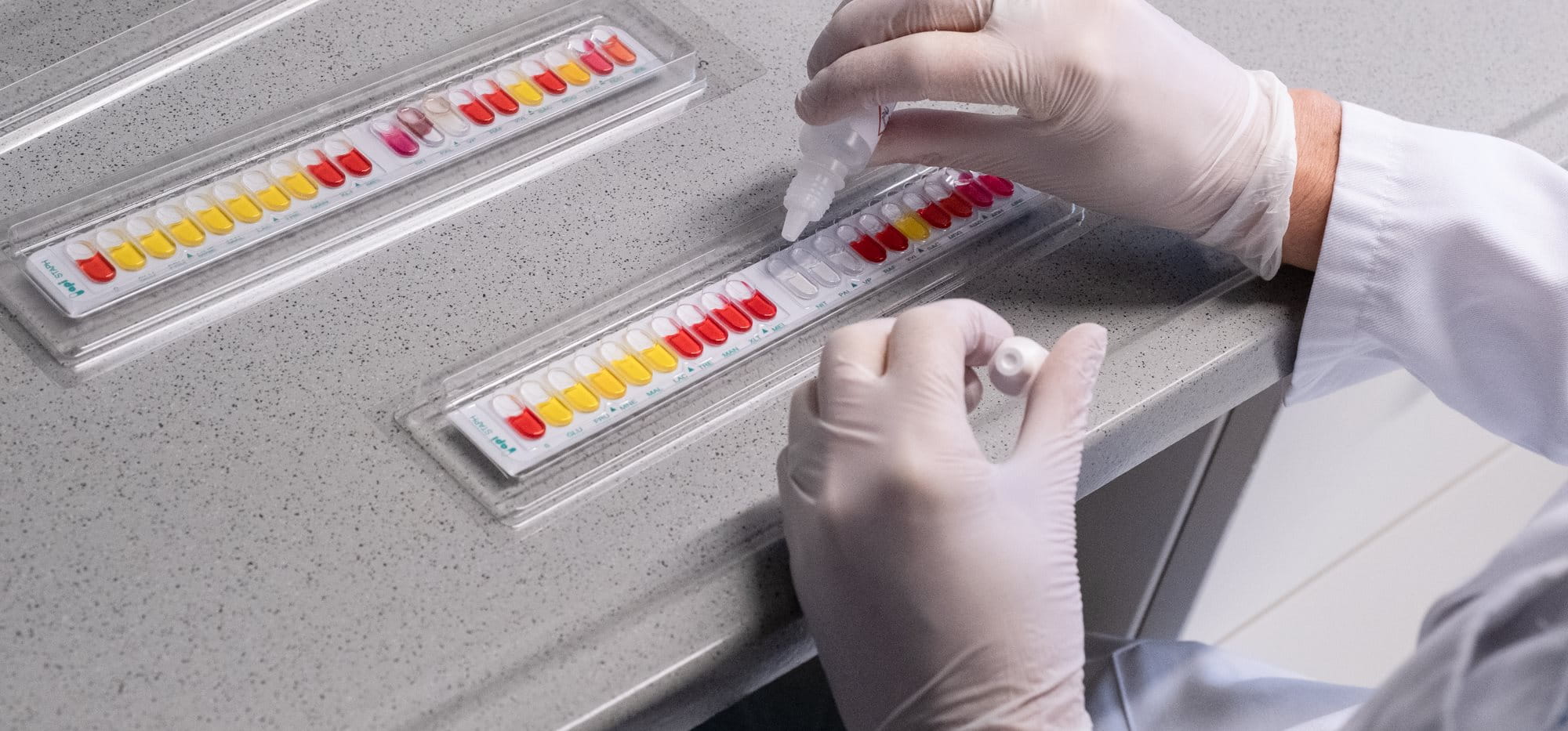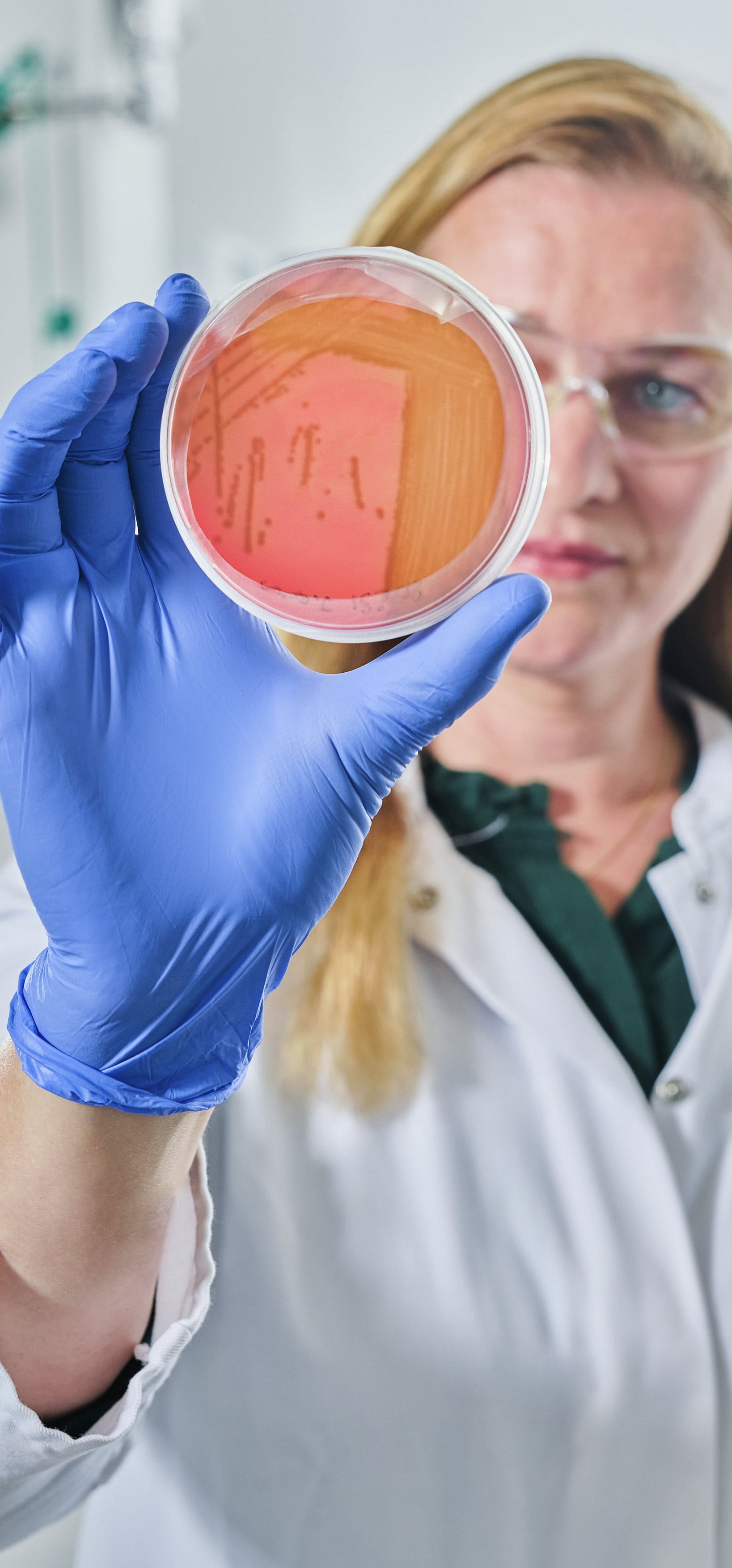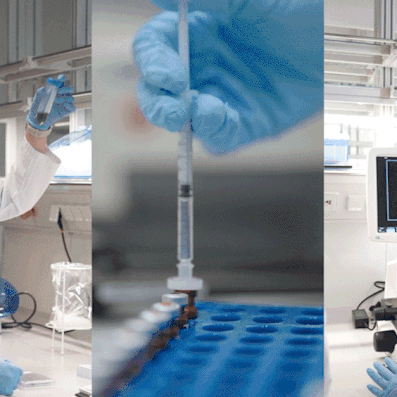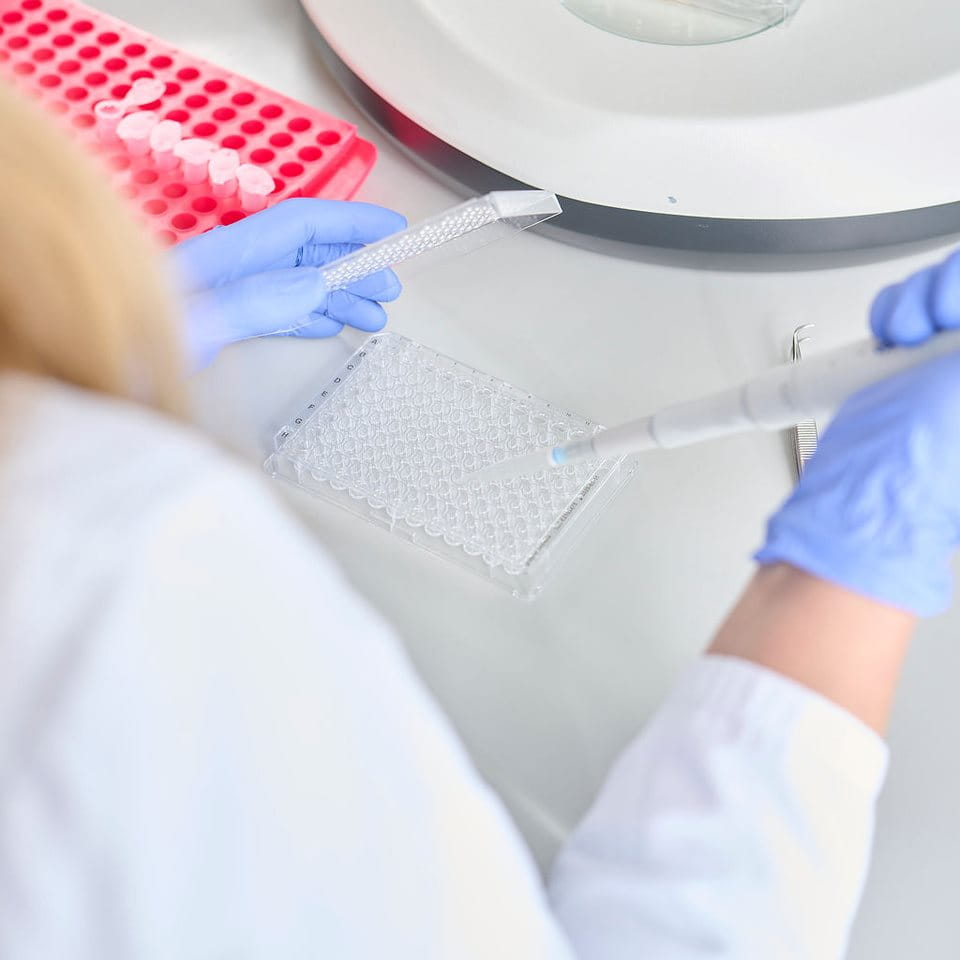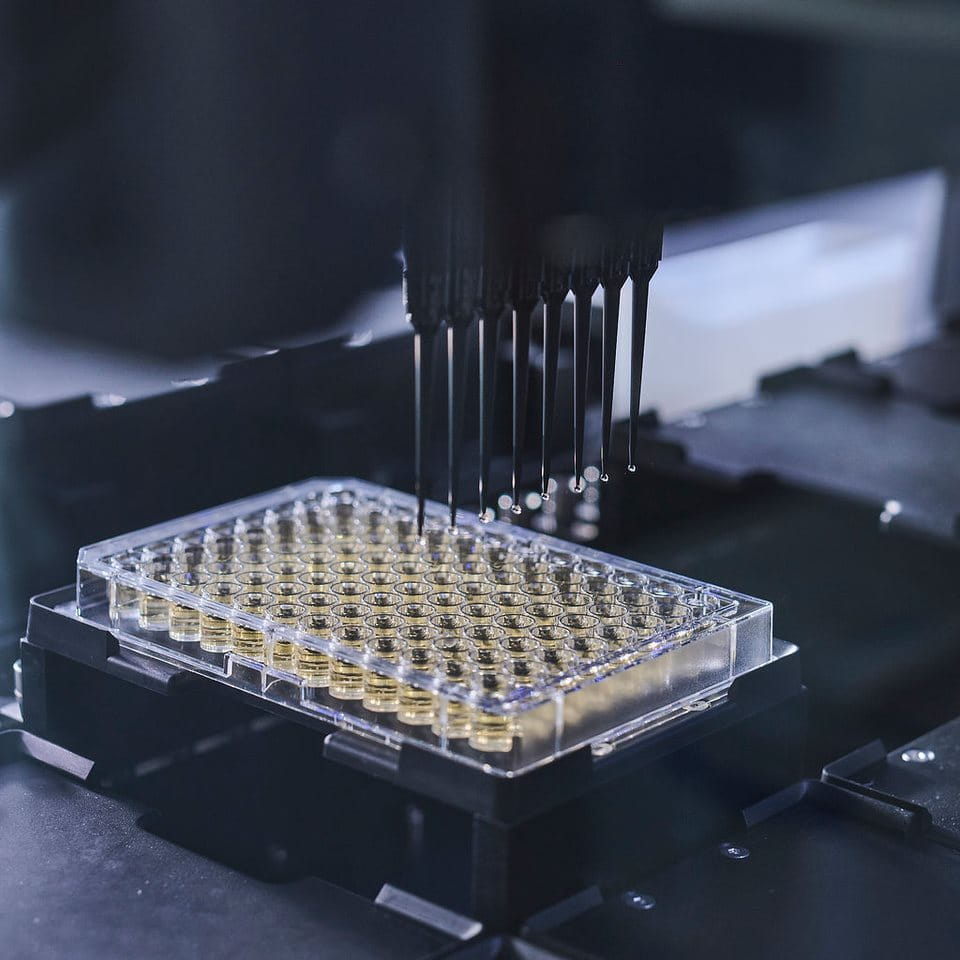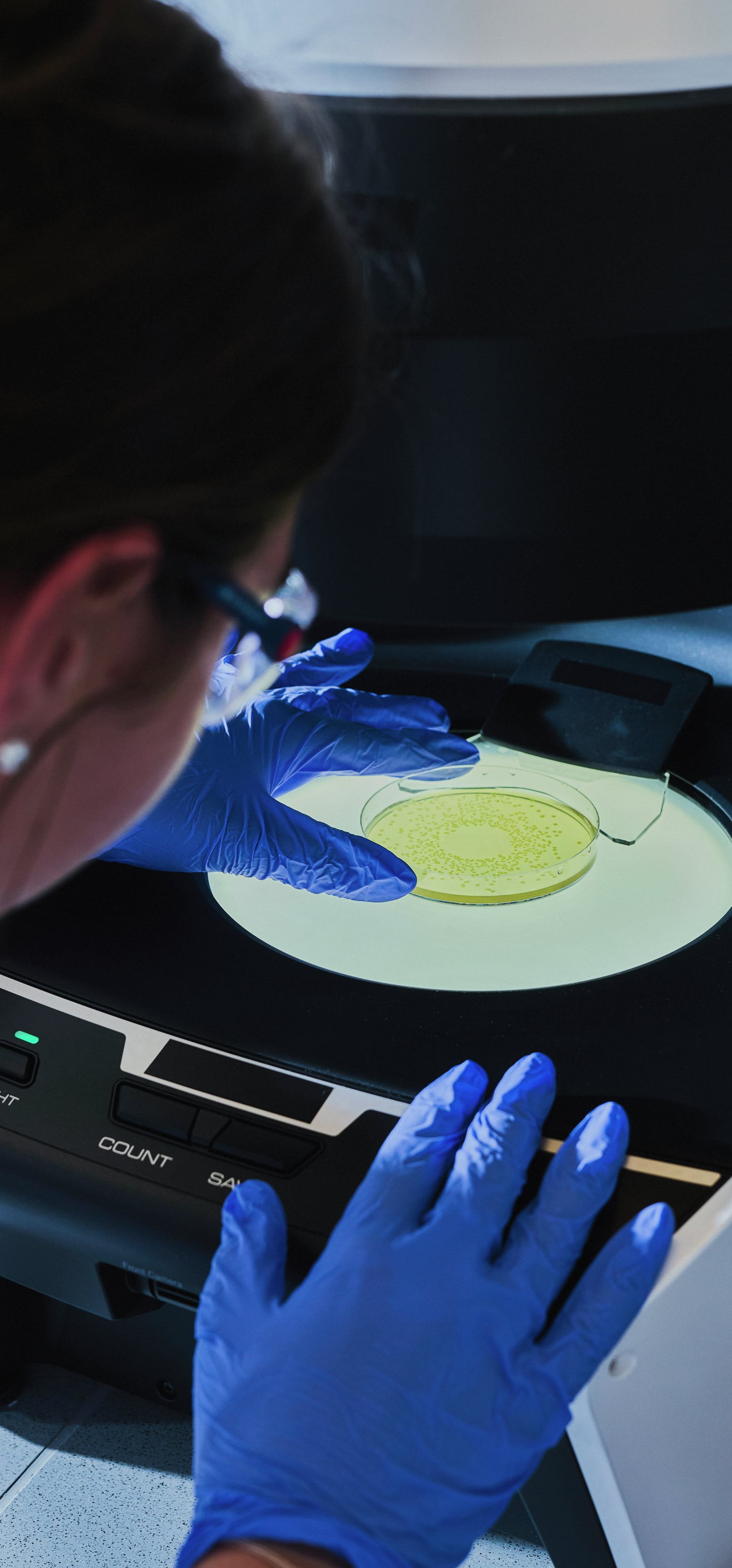Innovative skin care for the microbiome
With an area of around two square meters, our skin is not only the largest organ, but fascinating in other ways: billions of microorganisms form a symbiotic community with the skin, known as the skin microbiome or skin flora. This microbiome interacts closely with our skin cells acting like a smart protective shield against external influences. But balance is key: when there is an overgrowth of certain microorganisms and the composition of the skin flora shifts too much, this imbalance can be reflected in our skin’s condition. Skin issues can occur. That’s why rebalancing the skin microbiome and its bacterial diversity is essential. This is where we come in: Leveraging our expertise in microbiome research, we develop pioneering skin care solutions that have the potential to redefine how we care for our skin – science-based and effective.



